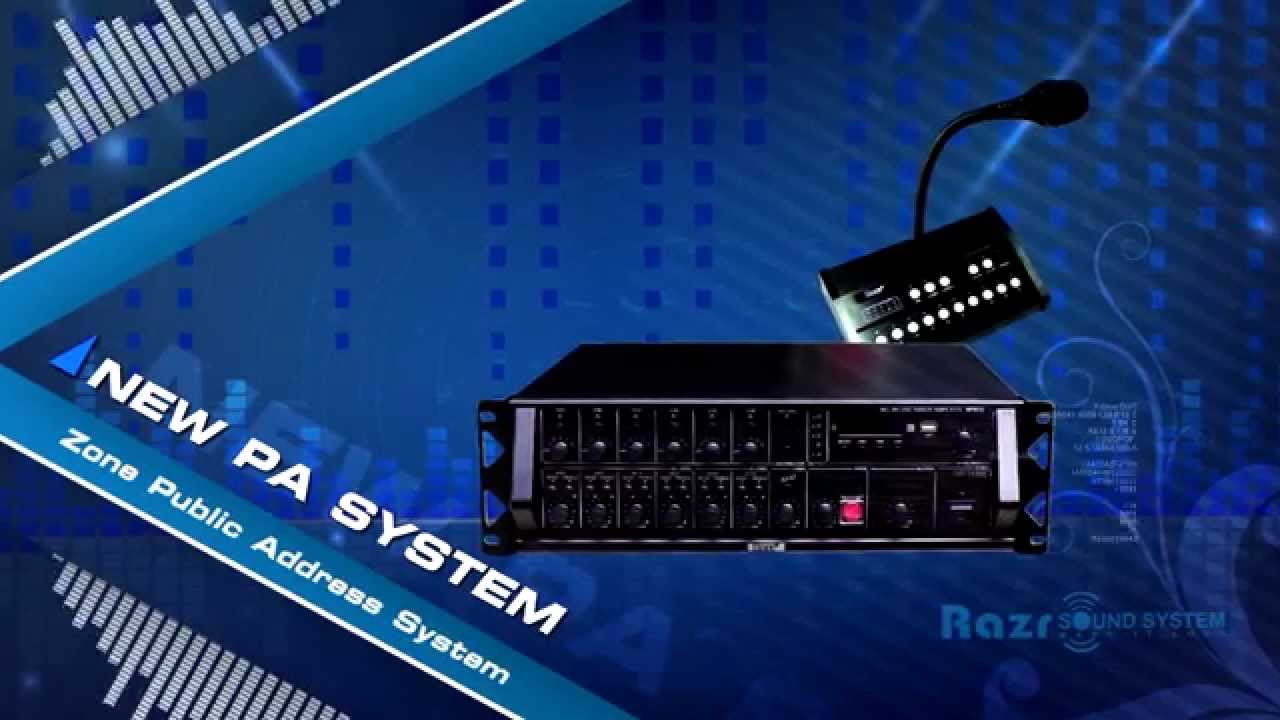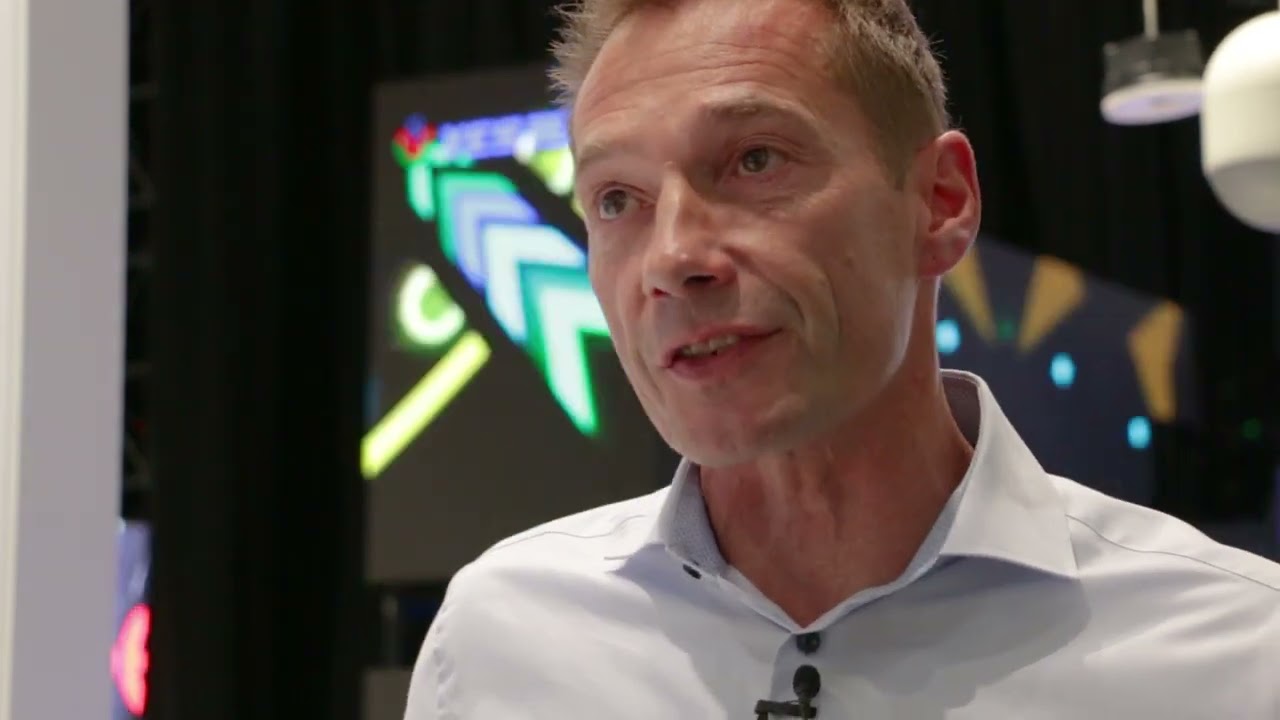In today’s fast-paced world, the ability to deliver a powerful public address can set you apart as an exceptional speaker. Crafting messages that captivate and inspire demands a keen understanding of audience dynamics and the essence of personal storytelling. Here, we unveil key secrets behind effective public addresses that resonate and leave lasting impressions, propelling you toward success in the speaking arena.

Top 7 Public Address Techniques That Engage Audiences

1. Storytelling for Connection
Engaging an audience requires more than merely presenting facts; it necessitates the art of storytelling. If you’ve ever watched Simon Sinek’s TED Talk, “How Great Leaders Inspire Action,” you know how he seamlessly weaves personal anecdotes into his leadership principles. By embedding relatable narratives into your speeches, you draw listeners into your world, making your message more impactful. Remember, everybody loves a good story—it’s what makes your public address memorable and relatable.

2. Vocal Variety to Maintain Interest
A monotone speech? No thanks! Renowned actor and speaker, Viola Davis, exemplifies how dynamic vocal variety can enhance storytelling. Emphasizing key words and varying her pitch keeps her audience engaged and deepens emotional investment. Practice vocal modulation to transform flat delivery into a vibrant presentation—after all, you want your audience on the edge of their seats!
3. Authenticity in Delivery
Honesty and authenticity resonate deeply with listeners. Oprah Winfrey’s impactful speeches, especially her Golden Globe addresses, showcase her ability to connect through vulnerability and truth-telling. When you share your genuine self, you build trust and rapport with your audience, making your message more relatable and memorable. So, speak from the heart; your audience will appreciate it.
4. Visual Aids to Enhance Understanding
Public addresses greatly benefit from visual aids that complement the spoken word. TED speaker Hans Rosling effectively uses data visualization to present complex subjects simply and engagingly. Well-designed slides or compelling visuals can make difficult concepts easier to grasp, enhancing audience retention and overall comprehension of your public address. Keep your visuals sharp and aligned with your message.
5. Audience Engagement Techniques
Transform passive listeners into active participants, significantly boosting engagement levels. Michelle Obama masterfully interacts with her audience during speeches, asking thought-provoking questions that spark reflection and reply. Introduce interactive elements like Q&A sessions or live polls, pulling your audience into the dialogue and stimulating excitement. This approach turns your public address into a two-way conversation.
6. Strategic Pauses for Effect
Effective speakers know how to wield silence effectively. By using intentional pauses, you create tension, allow time for reflection, and emphasize key points—just like Barack Obama’s iconic speeches. Embrace the power of silence to let vital information resonate, giving your audience time to digest your ideas. Sometimes, what you don’t say can be just as impactful.
7. Mastery of Body Language
Non-verbal communication is critical. A study published in the Journal of Nonverbal Behavior indicates that 93% of communication is non-verbal. Speakers like Brené Brown effectively use body language to convey confidence and sincerity. Being mindful of gestures, facial expressions, and posture can substantially enrich your delivery and influence your audience’s perceptions. Remember, your body often speaks louder than your words.

The Journey from Good to Great in Public Address
As the landscape of public speaking evolves, the elements of effective public address remain timeless. In a world overflowing with information, the speakers who weave captivating stories, engage authentically with their audiences, and deliver their messages with passion will rise to prominence. By honing these techniques, you not only elevate your effectiveness but also contribute to the broader conversation within your field.
As you embark on this journey, practice is your best friend. The more you engage, the more refined your skills become. Let’s not forget that every public address presents an opportunity—embrace it, and make your voice heard! Each moment spent mastering the art of public address strengthens your ability to inspire and resonate with diverse audiences, ensuring your legacy lasts long after the final word is spoken.
Conclusion
Public speaking is both an art and a strategic business tool. It can open doors to high-ticket engagements and enhance your personal brand. Remember, effective public address isn’t just about what you say; it’s about how you connect with your audience. Learn to captivate, inspire, and make them feel—they’ll remember your words long after you leave the stage.
If you want to dive deeper into building your speaking brand, consider exploring resources on motivational speech, cultivating Storytelling Skills, and joining a student network to connect with fellow aspiring speakers. And those high-stakes opportunities you’re aiming for? They’re just around the corner. Visit the keynote business section of my website and let’s get started on this exciting journey together!

Public Address Secrets That Captivate and Inspire
Engaging Tidbits About Public Address
Public address isn’t just a skill; it’s an art form that has evolved through history. Did you know that some of the earliest public speakers were politicians in ancient Greece? This tradition continues today, with speakers from all fields gathering to share their messages. For example, major events like the annual NYSE Save can attract thousands, making good public address essential to a speaker’s impact. It’s not just about what’s said but how it’s delivered. And let’s be honest, who wouldn’t want to captivate an audience like a blockbuster movie? Speaking of which, interestingly, even the Pet Sematary 1989 cast had to engage with a strong narrative and compelling public address to leave a lasting impression.
The Power of Storytelling in Public Address
Storytelling is a cornerstone of effective public address, and research shows that listeners are far more engaged when they hear a powerful story. Take Julia Campbell for instance, who masterfully integrates storytelling techniques into her talks. This approach not only captivates audiences but inspires them to act. When speakers tap into the art of storytelling, it’s as if they’re delivering their own version of a Spider-Man wallpaper moment—vivid, relatable, and unforgettable. Additionally, leveraging networks like Speaker Network could provide invaluable support and resources, helping you craft your own signature style that resonates.
The Little Things Matter
Sometimes, it’s the little enhancements that make a big difference. Consider aspects such as vocal variety and body language—you wouldn’t believe how a simple change can revolutionize your public address. For instance, a focus on improving one’s speech delivery, similar to a lip flip before and after, can dramatically change perceptions. Observing how great speakers hold their audiences, you might think it’s magic, but it’s actually practice, passion, and purpose working together. Using these insights can truly elevate any speaker from good to extraordinary. So, as you prepare your next public address, keep these fun facts in mind—they might just spark the inspiration you need to captivate your audience!










